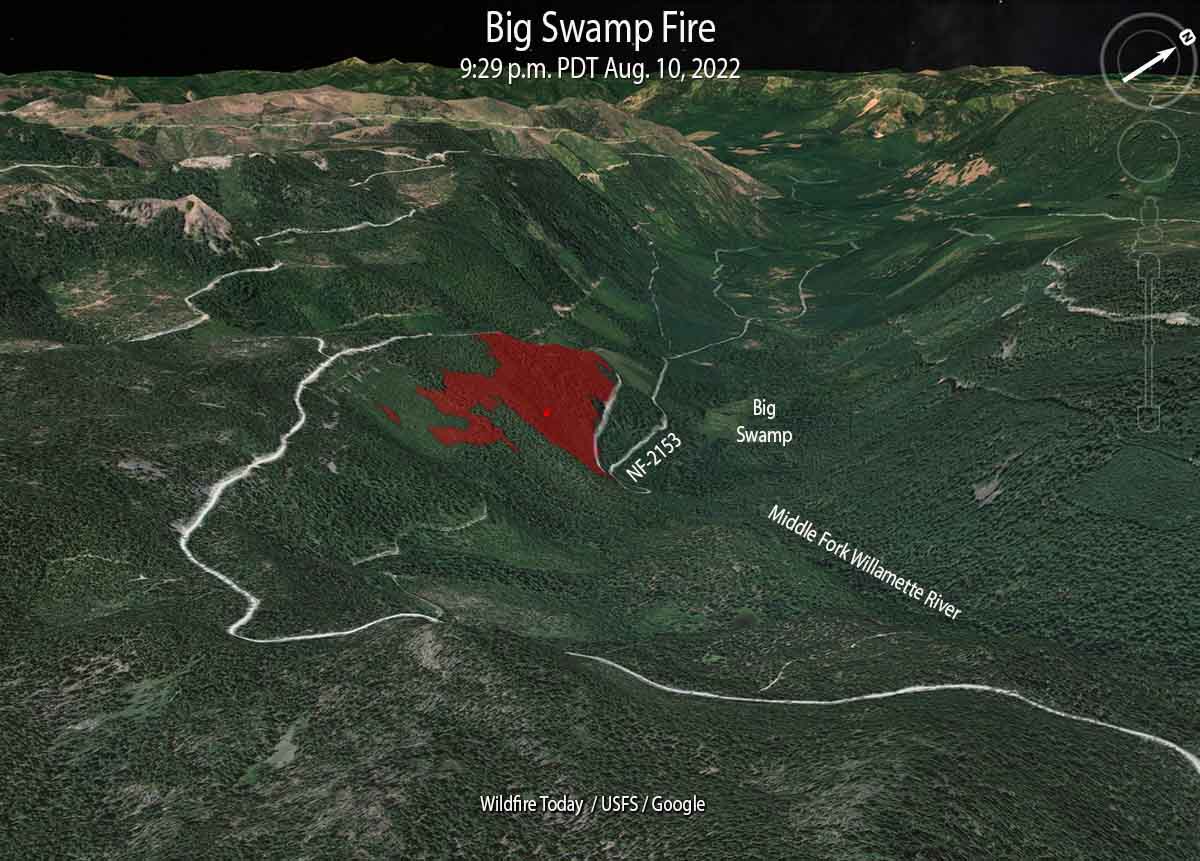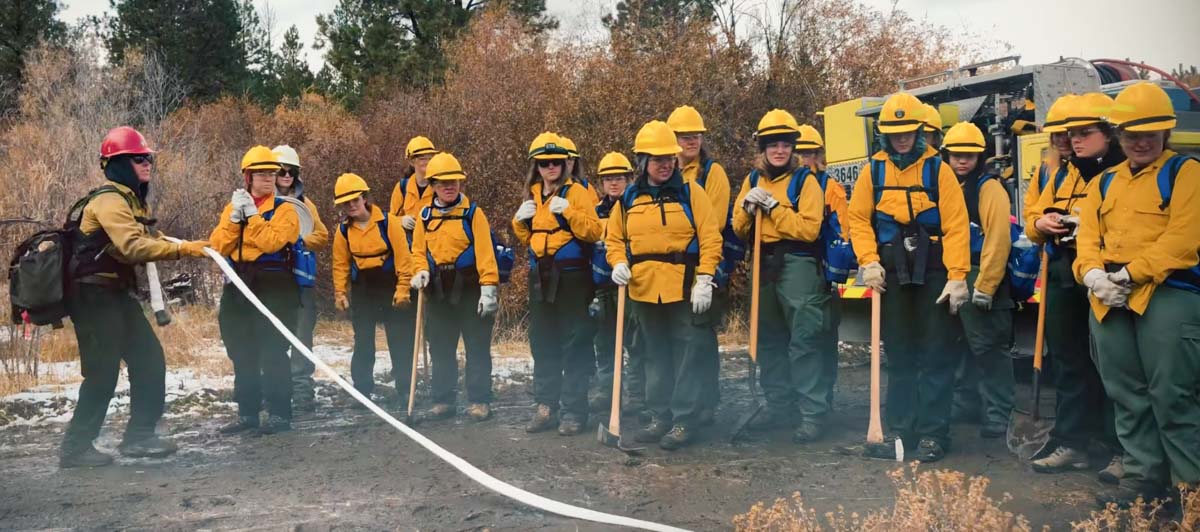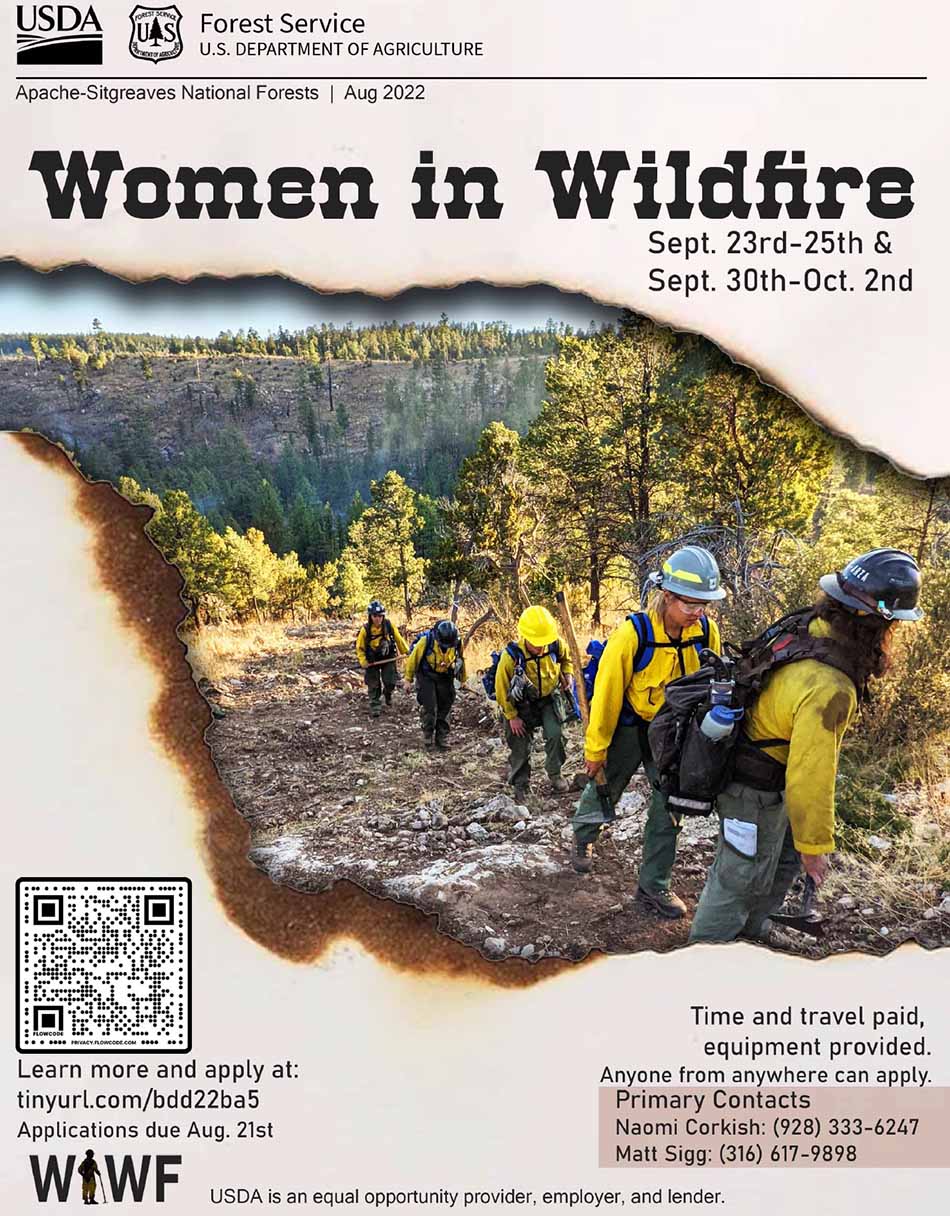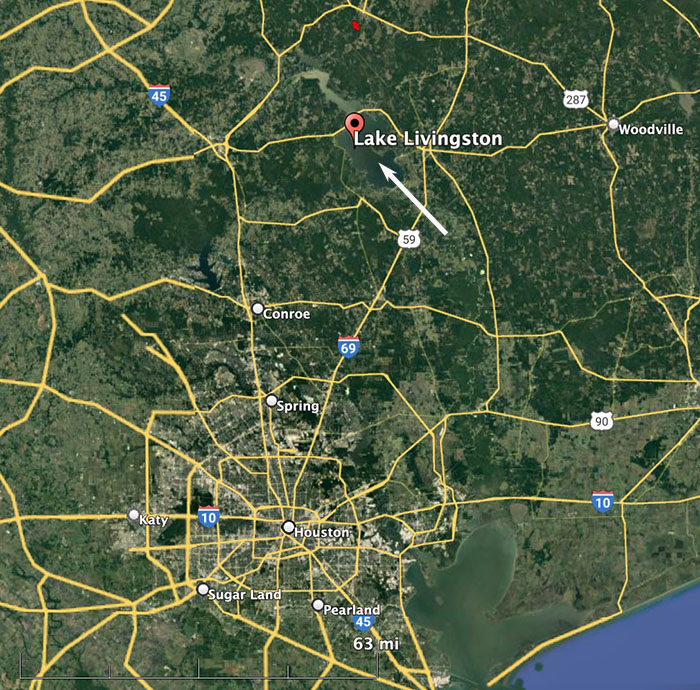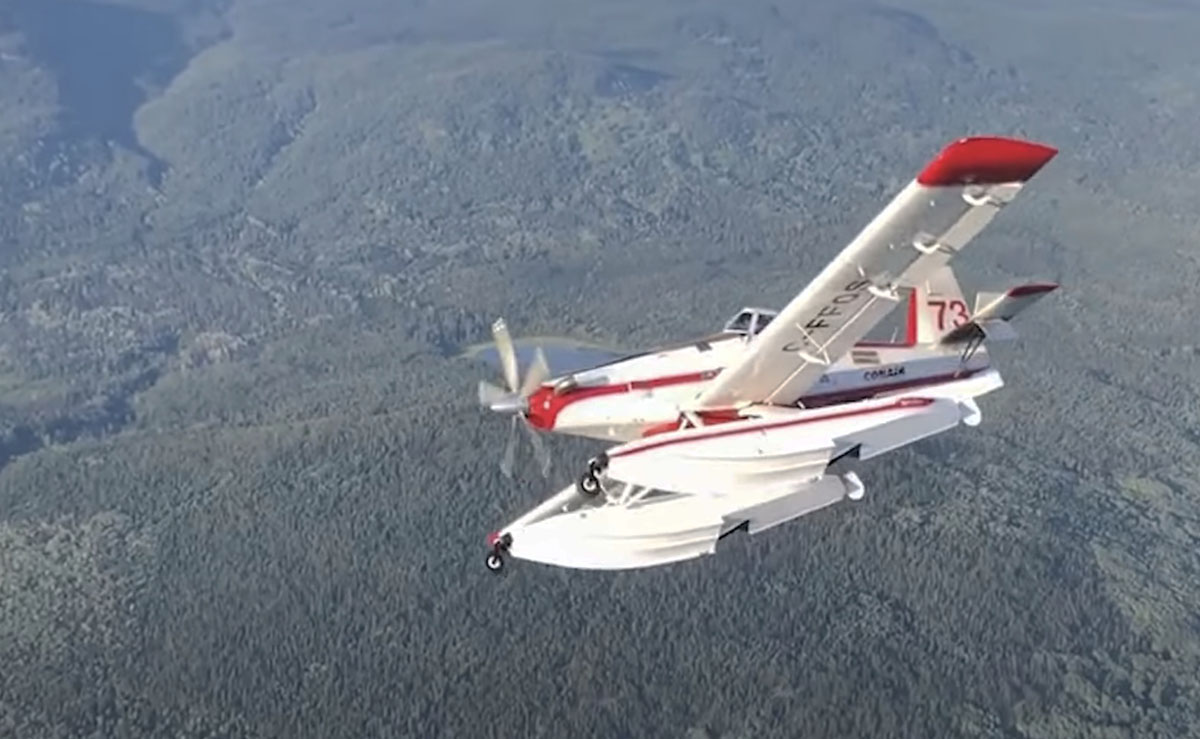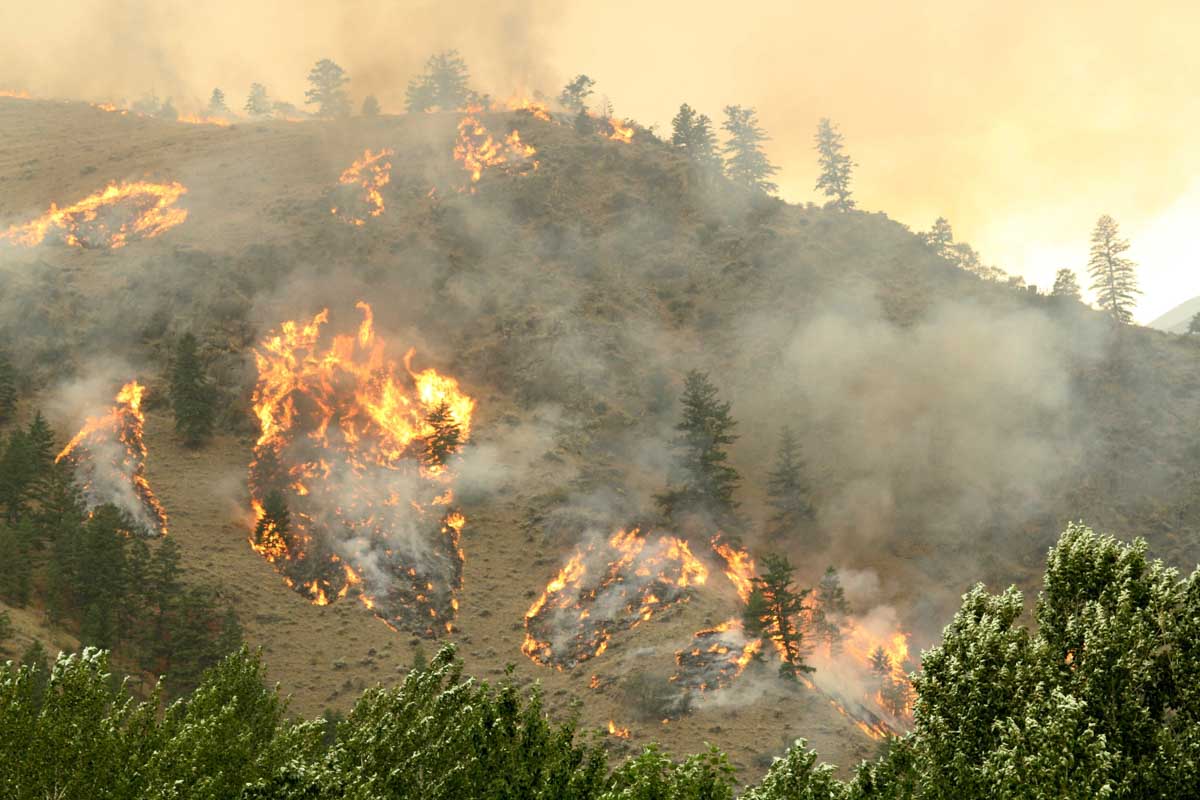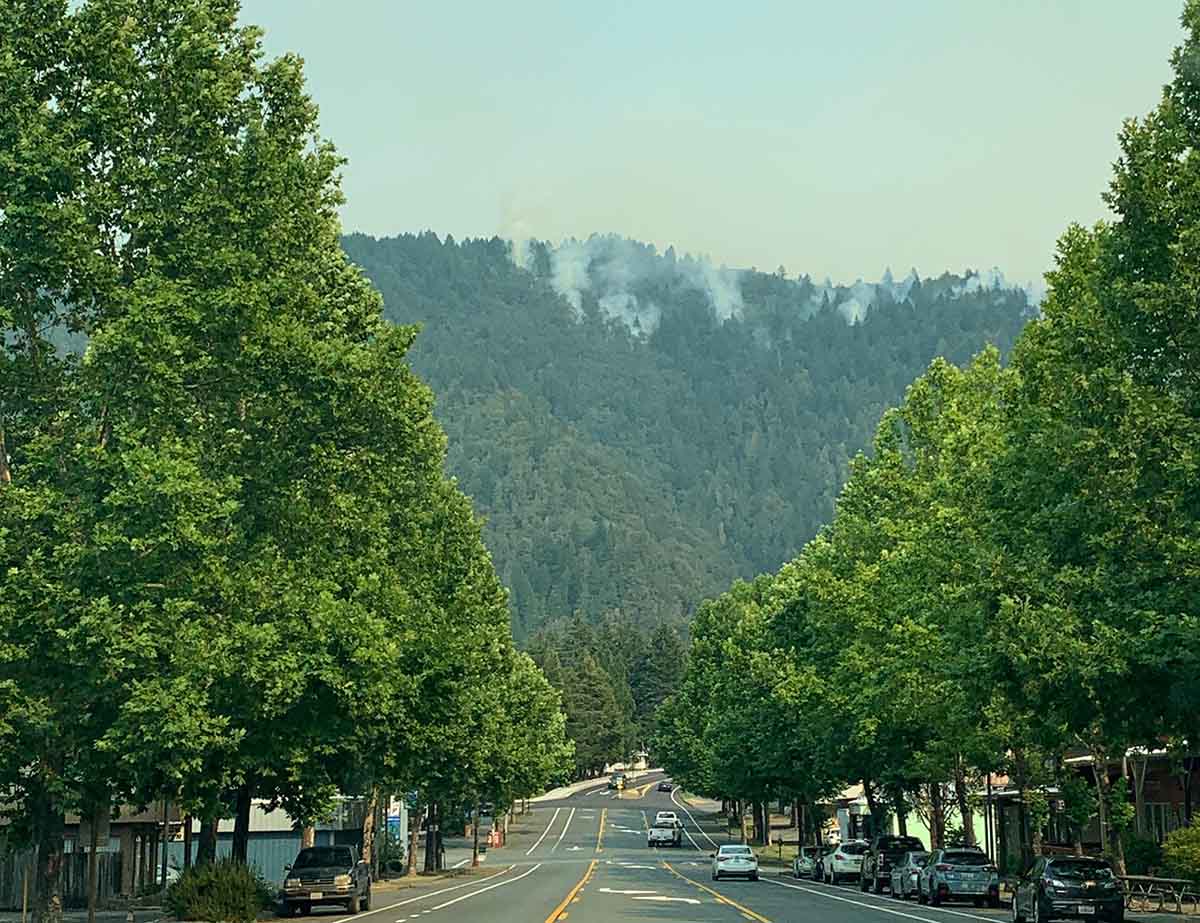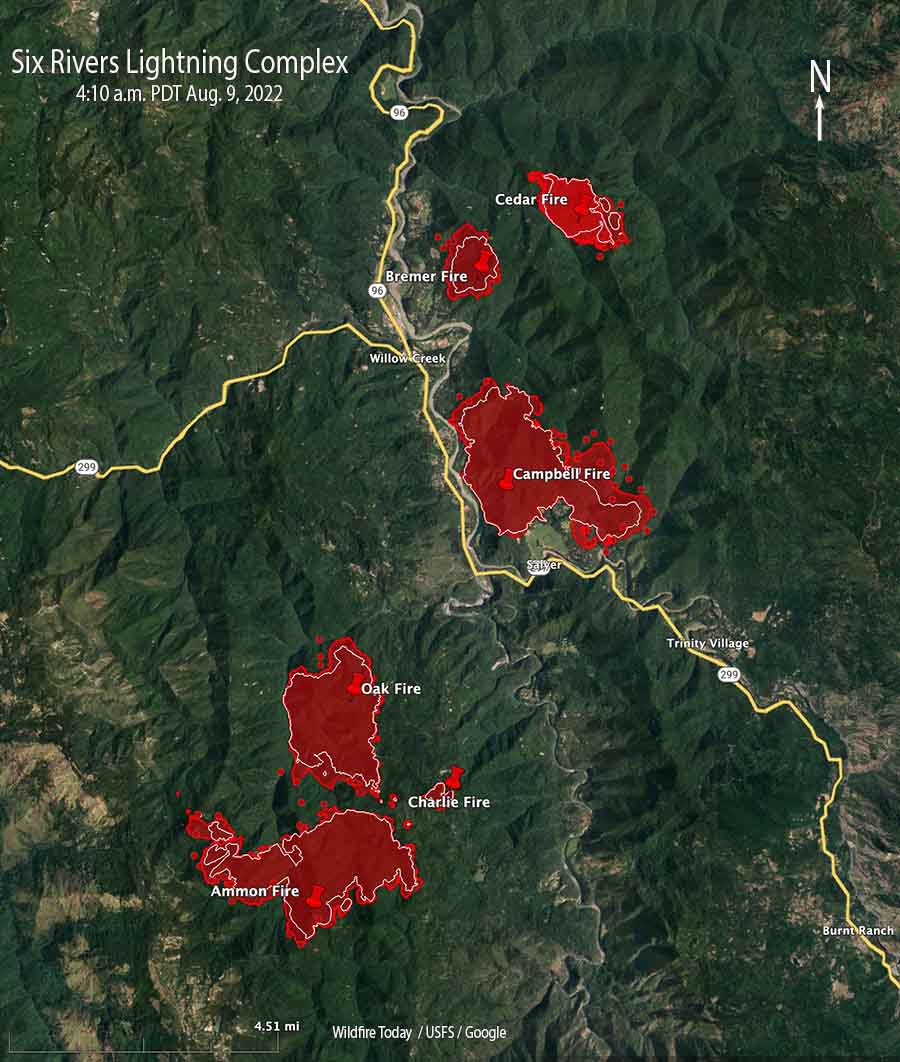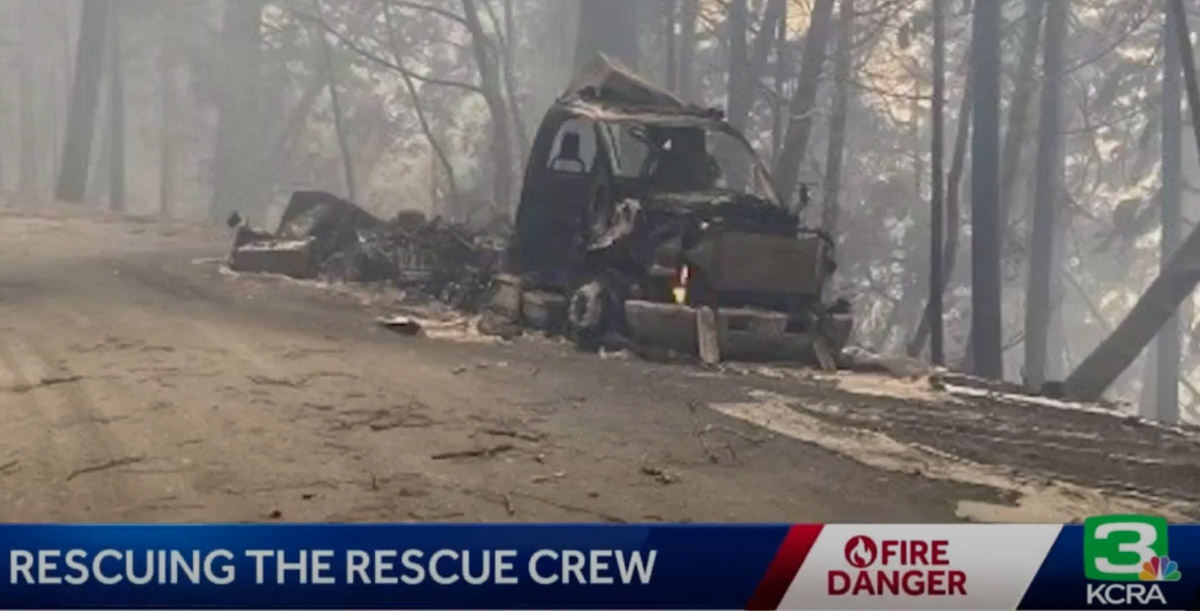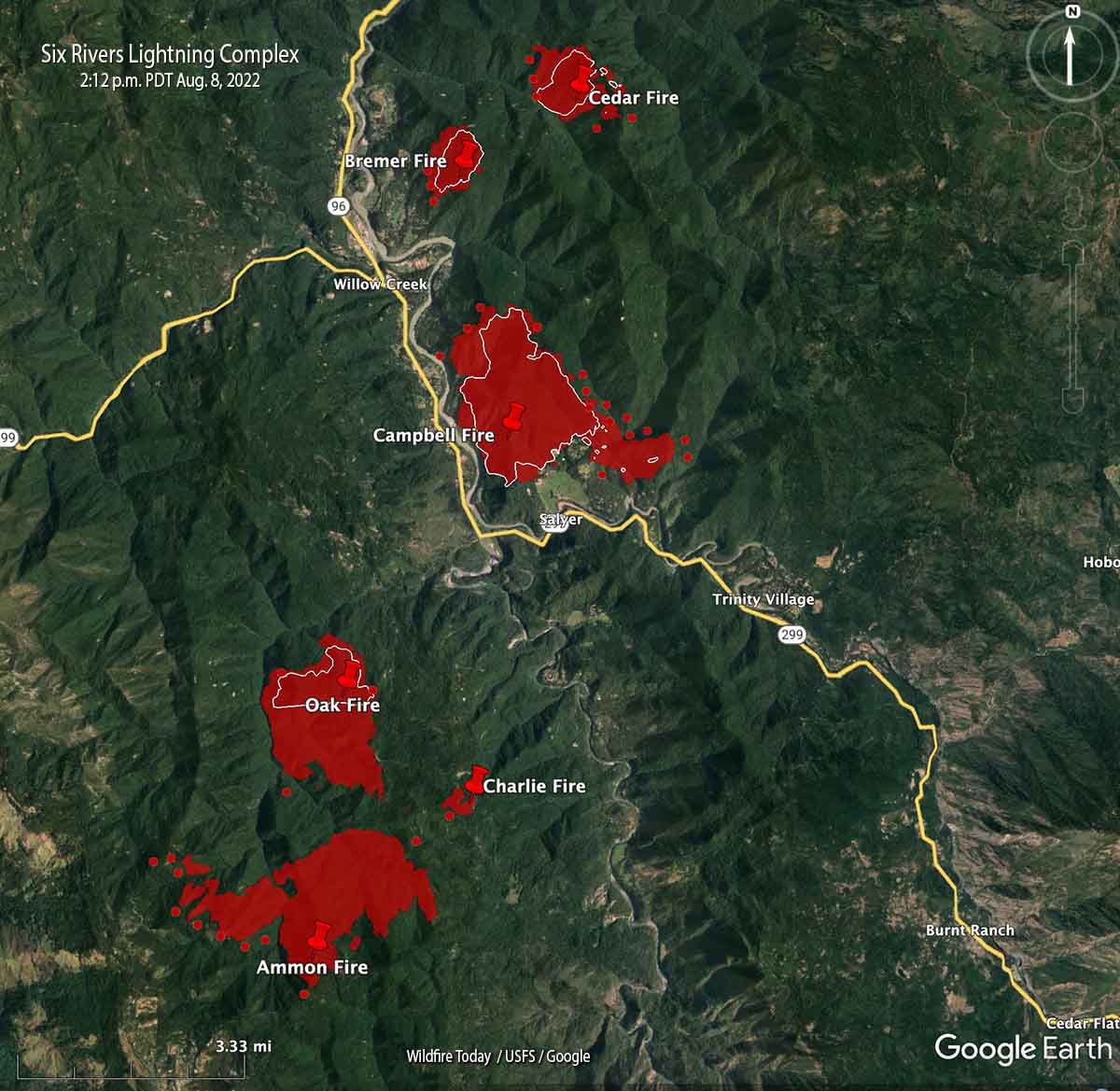Updated 9:12 a.m. PDT August 12, 2022
The 24-hour Preliminary Report was released today for the August 10 fatality on the Big Swamp Fire in Oregon.
Below is the narrative from the document:
Narrative: A crewmember from a Bureau of Land Management Interagency Hotshot Crew was killed as a result of critical injuries sustained during firefighting operations on the Big Swamp Fire. He was struck by a falling tree and transported via helicopter to a local hospital where he was pronounced deceased.
Notifications to the family have been made and preliminary steps taken to convene an Interagency Serious Accident Review team ordered to facilitate organizational learning.
/s/ Duane Bishop – Acting Forest Supervisor, Willamette National Forest
Updated 12:23 p.m. PDT August 11, 2022
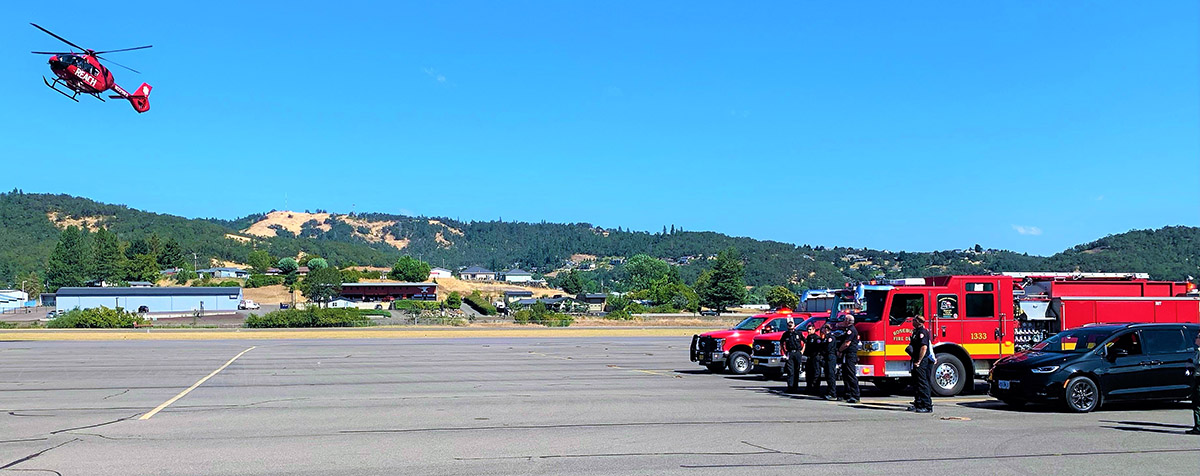
The Douglas County Sheriff’s office reported that the firefighter who was killed on the Big Swamp Fire in Southwest Oregon on August 10 was 27-year-old Collin Hagan of Toivola, Michigan.
Shortly after 12:30 p.m., 9-1-1 dispatchers received information that a wildland firefighter was critically injured after being struck by a tree. An ambulance and REACH Air Medical Services were dispatched to the scene. Despite lifesaving efforts by EMS personnel assigned to the fire, Mr. Hagan succumbed to his injuries.
Mr. Hagan’s body was flown from the Toketee Airstrip to the Roseburg Regional Airport by REACH Air Medical Services helicopter. Firefighters from the Bureau of Land Management, US Forest Service, Roseburg Fire Department, and Douglas County Fire District #2 stood together to honor Mr. Hagan as his body arrived and was transferred to the care of a funeral service provider. The firefighters then provided an honor escort to the funeral home.
“We are devastated by the tragic loss of a cherished firefighter working on our forest to save our communities and beloved recreational areas,” said Duane Bishop, Acting Forest Supervisor on the Willamette National Forest. “Their family has been notified and we are working with our partners to ensure the crew is well taken care of. Our hearts and prayers go out to the families and fellow crew members of this brave firefighter.”
Updated 8:43 a.m. PDT August 11, 2022
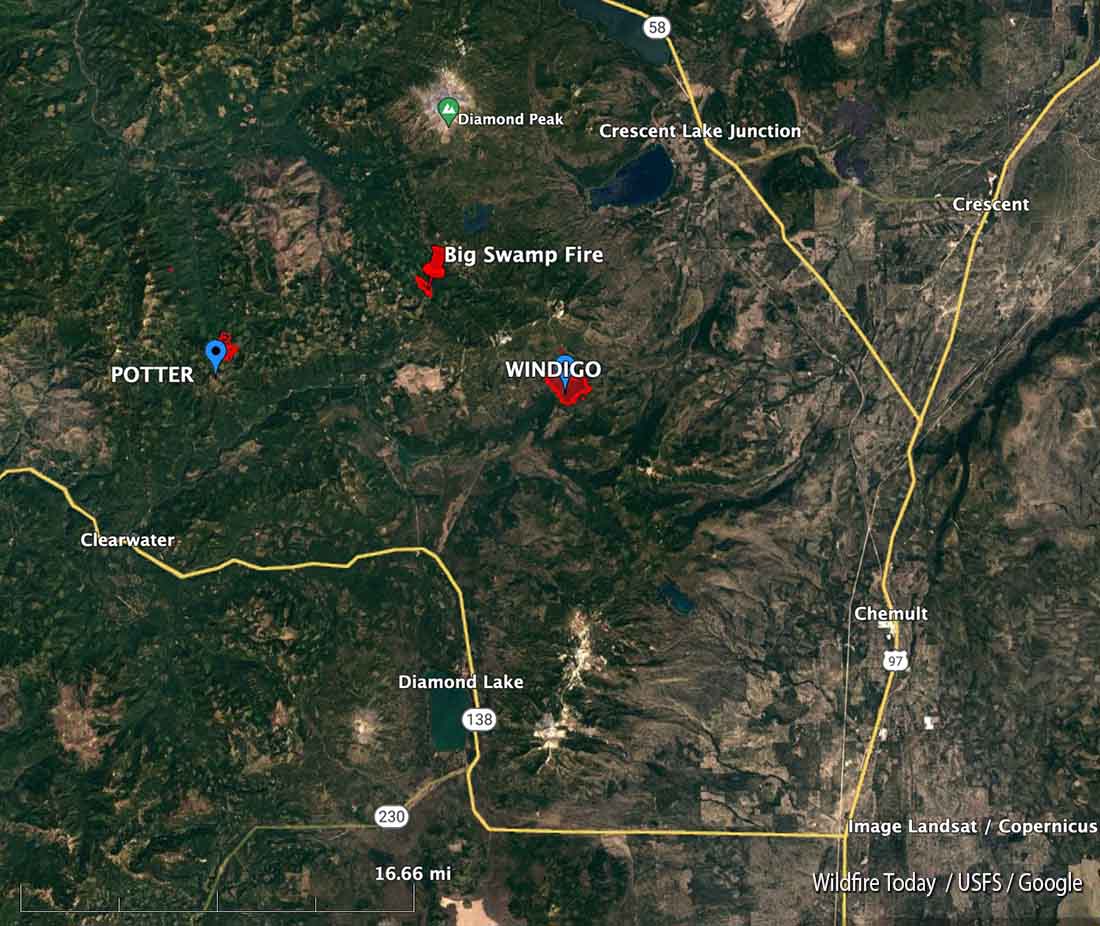
The National Interagency Fire Center reported early Thursday morning that on August 10, a member of the Craig Interagency Hotshot Crew was fatally injured while assigned to the Big Swamp Fire on the Willamette National Forest in southwest Oregon.
A Serious Accident Investigation Team has been mobilized. As of 8 a.m. Thursday morning the name of the deceased had not been released.
The Craig Interagency Hotshot Crew, founded by the Bureau of Land Management in 2001, is based in Craig, Colorado.
The Big Swamp Fire has burned 117 acres. It is 5 miles northwest of the 1,009-acre Windigo Fire and 62 miles southeast of Eugene. The August 10 update from the Incident Management Team said crews were securing line, mopping up, and looking for opportunities to put in direct fire line. It is one of four blazes being managed by Northwest Incident Management Team 6. The others are Windigo, Potter, and Shelter Fires.
Our sincere condolences go out to the family, friends, and co-workers.
